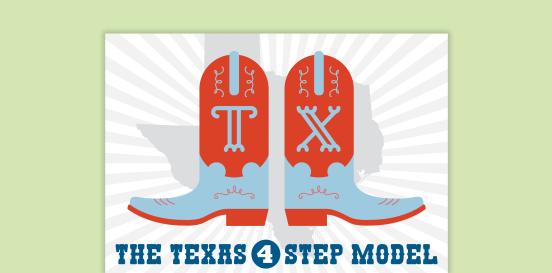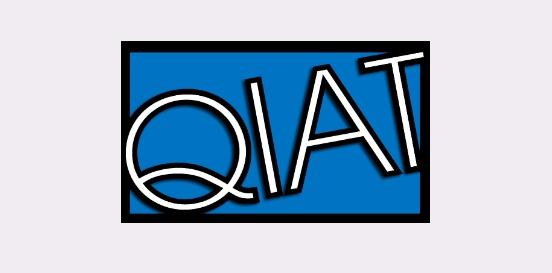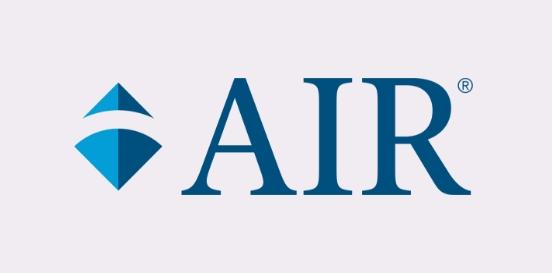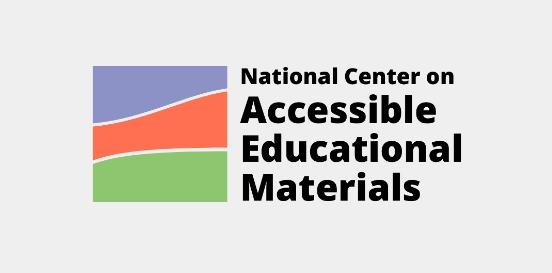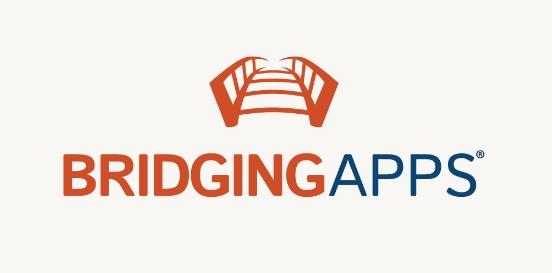Large Monitor
These monitors typically feature significantly larger screen sizes compared to standard monitors, allowing for enhanced visibility of on-screen content such as text, graphics, and user interfaces. They may also offer high-resolution displays and customizable settings to adjust brightness, contrast, and color schemes for optimal viewing comfort. Large monitors are essential tools for improving accessibility and usability for individuals with visual challenges, enabling them to effectively interact with digital content and perform various tasks with greater ease and independence.
Considerations
Take the following considerations into account when selecting and implementing AT to ensure that the chosen tools are well-suited to the student’s needs, align with their goals, and seamlessly integrate into their educational journey. By embracing a collaborative approach and considering the specific skills, tasks, and implementation context, educators can provide students with the necessary support to thrive academically and functionally, promoting inclusivity and fostering their overall success.
Skills and Tasks What skills or tasks will the student utilize this tool for? What areas, functional or academic, does this tool support?
- Computer access
- Visual access
Implementation Context In what activities, classes, or environments will the student utilize this tool?
A large monitor refers to a display screen that is larger than standard monitors, typically ranging from 27 inches to 49 inches or even larger. This technology can be beneficial for students with various disabilities, including visual impairments, learning disabilities, and motor impairments.
Here are some ways large monitors can serve as an assistive technology device:
- Visual accessibility: For students with visual impairments, a large monitor can display content with larger fonts and images, making it easier for them to read and comprehend educational materials. It can also allow them to adjust the screen resolution and contrast to suit their visual needs.
- Multimodal learning: Some students with learning disabilities benefit from visual aids and multimodal learning approaches. A large monitor can display multimedia content, such as videos, animations, and interactive simulations, providing multiple channels for information processing.
- Collaborative learning: In group settings, a large monitor can be used for collaborative activities, such as group projects or presentations. Students can gather around the monitor to work together on tasks, fostering teamwork and social interaction.
- Accessibility features: Many large monitors come with built-in accessibility features, such as screen magnification, color inversion, and speech-to-text functionality. These features can accommodate a wide range of disabilities and provide customized support to students as needed.
- Flexible positioning: Some students may have mobility impairments that make it difficult for them to adjust their position or interact with traditional classroom materials. A large monitor can be mounted on an adjustable stand or wall mount, allowing students to position it at an optimal height and angle for comfortable viewing and interaction.
Overall, a large monitor can enhance accessibility and support inclusion in the classroom by providing students with disabilities access to educational content in a format that meets their individual needs and preferences.


